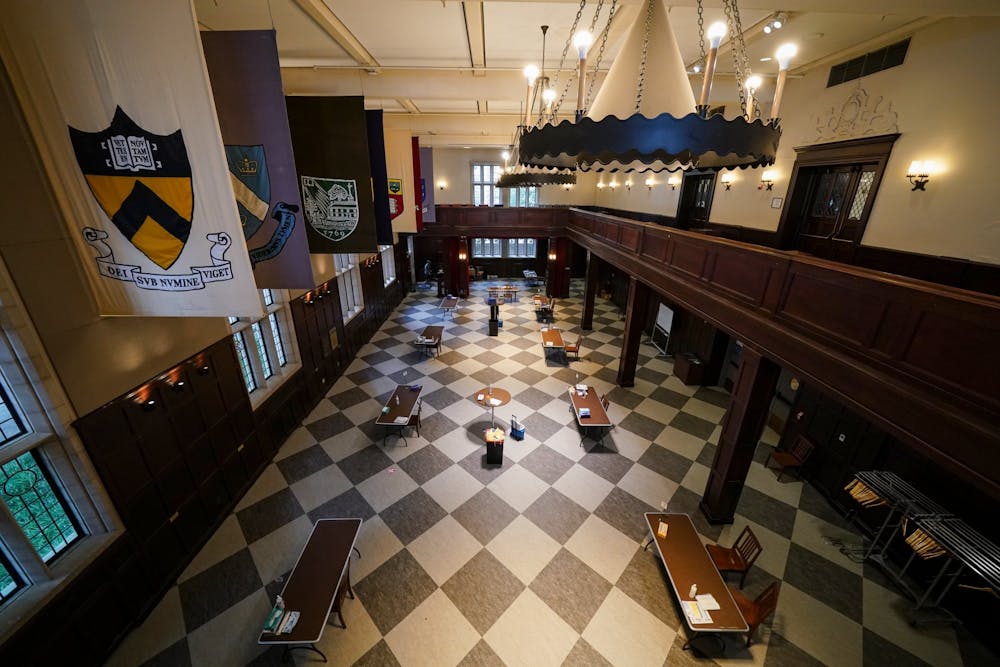
Across the Ivy League — and especially at Penn — yield rates have steadily increased over the last two decades.
According to recently compiled data by The Harvard Crimson, yield rates — which refer to the percentage of admitted individuals who accept a school's offer — at Penn have seen significant growth, from about 46% in the class of 1996 to 68% in the class of 2026. Cornell University’s yield rose at a similar rate, while the other Ivy League schools saw less sharp increases.
This trend comes as elite universities have largely attracted more applicants each cycle. Higher yield rates also lead to boosts in U.S. News rankings, prompting an increase in applications for the next round. Early action and early decision programs lead to a higher yield rate as well, as universities are able to guarantee matriculation.
“The more selective a school is, people think that indicates quality,” Brennan Barnard, director of college counseling at Khan Lab School, told the Crimson. “And therefore, they are more likely to yield at those schools, because they think it’s more desirable.”
As universities become more selective, however, students have expressed that they feel they are being unfairly left behind. In April, the Wall Street Journal wrote about a Texas student, Kaitlyn Younger, who had been turned down at each top-tier school she had applied to.
The issue can be explained as causing a “trickle down” effect, where traditionally less selective universities are now receiving students who would have gone to Ivies in the past.
“The sort of winners in that argument are the Tulanes of the world, the University of Miamis of the world, the Americans of the world. It is harder to get into USC today than it was for me to get into Yale in the year 2000,” Hafeez Lakhani, a private admissions counselor, told The Crimson.
When asked by the WSJ, Lakhani affirmed: “Twenty years ago, Ms. Younger would have had a good shot at an Ivy League school.”
As elite universities benefit, however, state and community colleges are experiencing the consequences of a “triple whammy” where lower high school graduation rates, lower college-going rates, and pandemic-induced reconsiderations are decreasing state and community college enrollment.
The Daily Pennsylvanian is an independent, student-run newspaper. Please consider making a donation to support the coverage that shapes the University. Your generosity ensures a future of strong journalism at Penn.
Donate



